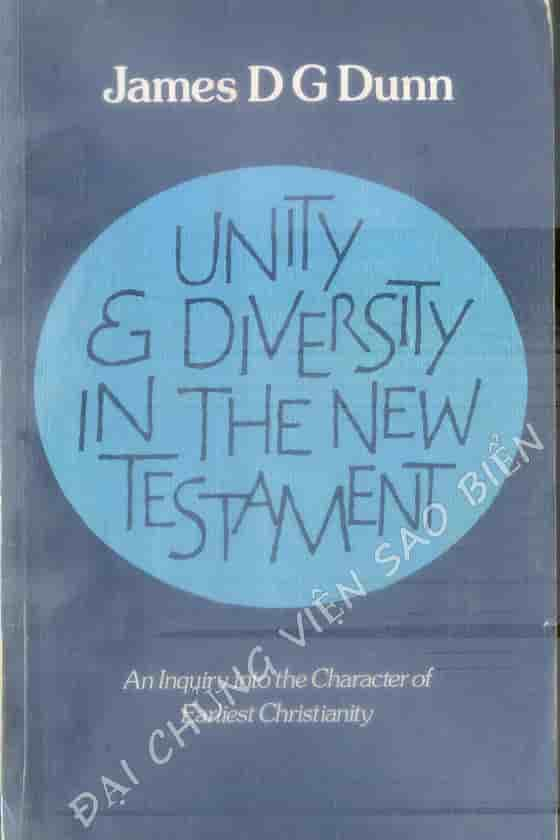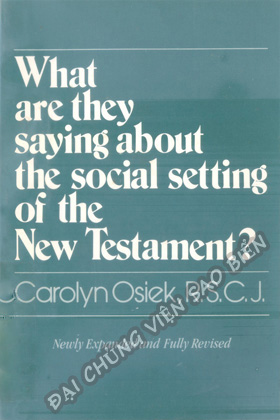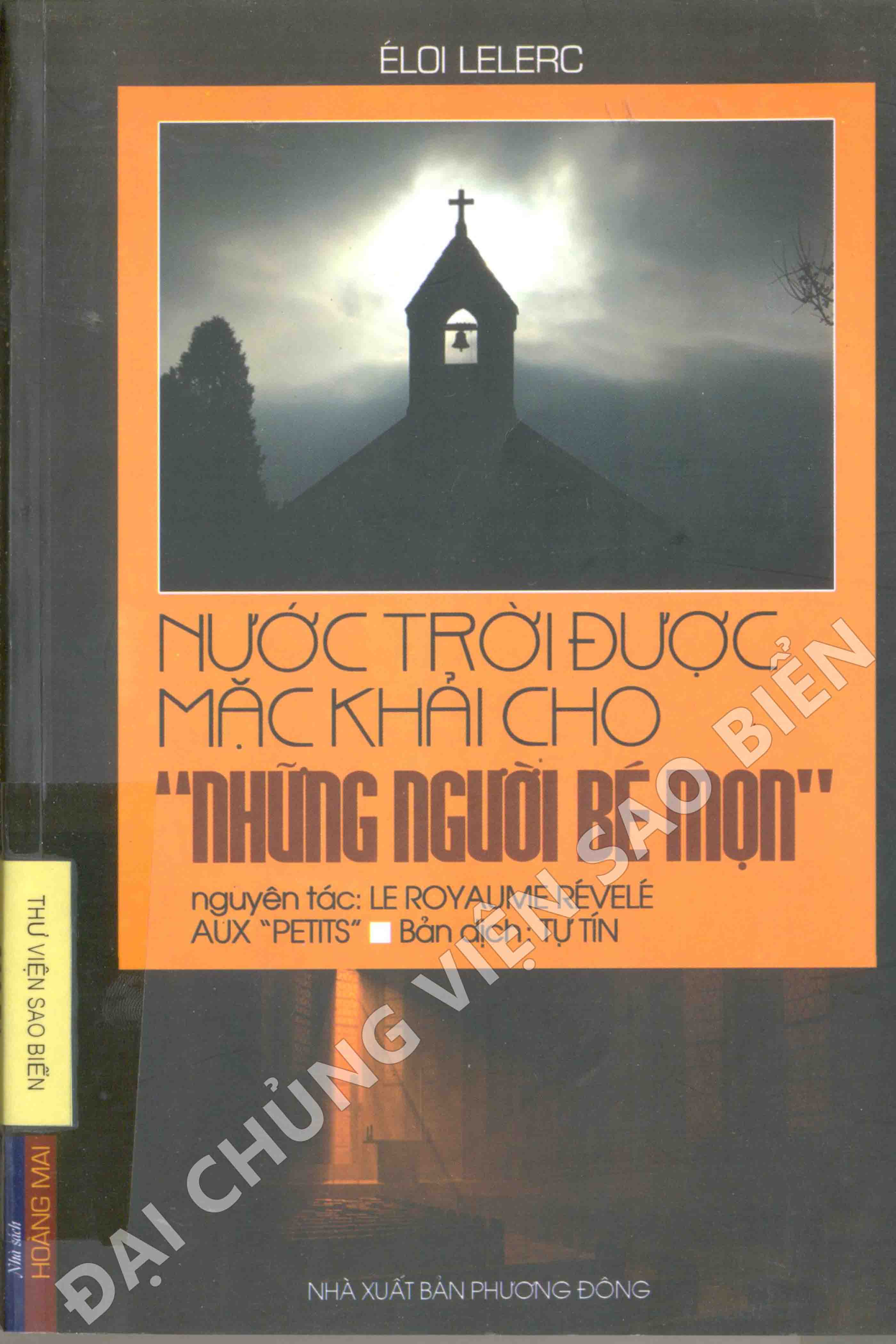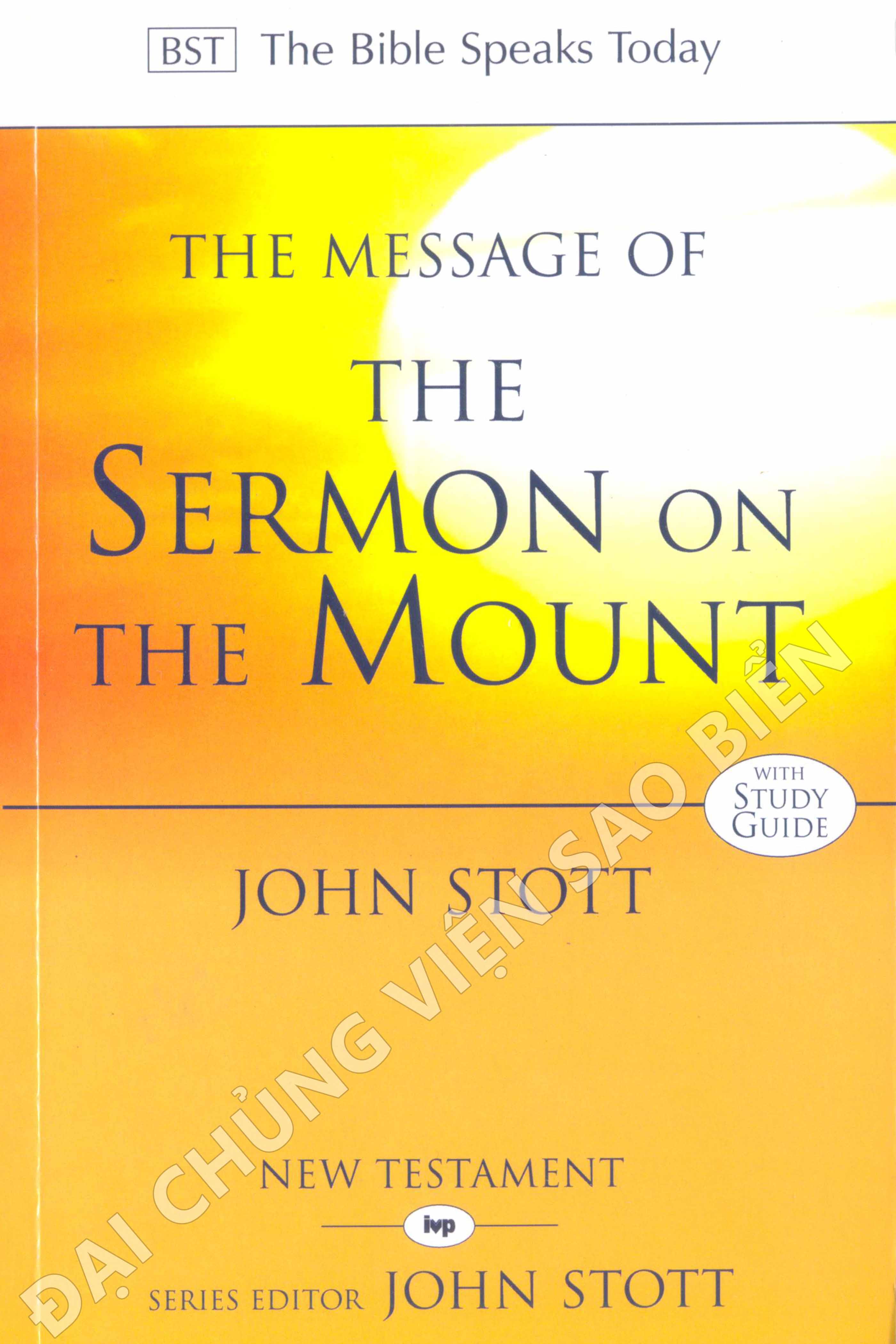| Preface |
|
| Abbreviations |
|
| I INTRODUCTION |
|
| §1 Is ‘orthodoxy’ a meaningful concept for the New Testament period? |
1 |
| I KERYGMA OR KERYGMATA? |
|
| §2 Introduction |
11 |
| §3 The kerygma of Jesus |
13 |
| §4 The kerygma in Acts |
16 |
| §5 The kerygma of Paul |
21 |
| §6 The kerygma of John |
26 |
| §7 Conclusions |
29 |
| III PRIMITIVE CONFESSIONAL FORMULAE |
|
| §8 Introduction |
33 |
| §9 Jesus is the Son of Man |
35 |
| §10 Jesus is Messiah |
41 |
| §11 Jesus is Son of God |
45 |
| §12 Jesus is Lord |
50 |
| §13The life-settings of the earliest confessional fomular |
54 |
| §14 Conclusions |
56 |
| I V THE ROLE OF TRADITION |
|
| §15 Introduction |
60 |
| §16 ‘The traditions of the elders’ |
61 |
| §17 Traditions of the earliest communities |
66 |
| §18 Traditions about Jesus |
70 |
| §19 Conclusions |
76 |
| V THE USE OF THE OLD TESTAMENT |
|
| §20 Introduction |
81 |
| §21 Jewish exegesis at the time of Jesus |
82 |
| §22 Earliest Christian exegesis of the Old Testament |
87 |
| §23 Pesher quotation |
91 |
| §24 Principles of interpretation |
93 |
| §25 Conclusions |
100 |
| VI CONCEPTS OF MINISTRY |
|
| §26 Introduction |
103 |
| §27 Jesus and his disciples |
104 |
| §28 Ministry in the earliest community |
106 |
| §29 Ministry in the Pauline churches |
109 |
| §30 Towards Ignatius |
114 |
| §31 The Johannine alternative |
118 |
| §32 Conclusions |
121 |
| VII PATTERNS OF WORSHIP |
|
| §33 Introduction |
124 |
| §34 Diversity of attitude and form |
125 |
| §35 Early Christian hymns |
132 |
| §36 ‘Pan-liturgism’? |
141 |
| §37 Conclusions |
148 |
| VIII SACRAMENTS |
|
| §38 Introduction |
150 |
| §39 Baptism |
152 |
| §40 The Lord’s Supper |
161 |
| §41 The sacraments in the Fourth Gospel |
168 |
| §42 Conclusions |
171 |
| IX SPIRIT AND EXPERIENCE |
|
| §43 Introduction |
174 |
| §44 Enthusiastic Christianity |
176 |
| §45 The religious experience of Jesus |
184 |
| §46 The religious experience of Paul |
190 |
| §47 Divergent paths |
195 |
| §48 Conclusions |
199 |
| X CHRIST AND CHRISTOLOGY |
|
| §49 Introduction |
203 |
| §50 The continuity between the historical Jesus and the kerygmatic Christ |
205 |
| §51 ‘One Jesus, many Christs?’ |
216 |
| §52 Conclusions |
222 |
| X JEWISH CHRISTIANITY |
|
| §53 Introduction |
235 |
| §54 How ‘orthodox’ was earliest Palestinian Christianity? |
237 |
| §55 Jewish Christianity within the New Testament: |
|
| (1) Adherence to the law |
244 |
| §56 (2) Exaltation of James and denigration of Paul |
252 |
| §57 (3) Adoptionist christology |
258 |
| §58 Conclusions |
261 |
| XII HELLENISTIC CHRISTIANITY |
|
| §59 Introduction |
267 |
| §60 ‘The first confessional schism in church history’ |
268 |
| §61 Gnostic tendencies within first-century Christianity |
275 |
| §62 The ‘gnosticizing proclivity’ of Q? |
283 |
| §63 Paul - ‘the greatest of all the Gnostics’? |
288 |
| §64 Was John ‘guilty’ of naive docetism’? |
296 |
| §65 Conclusions |
305 |
| X APOCALYPTIC CHRISTIANITY |
|
| §66 What is ‘apocalyptic’? |
309 |
| §67 Apocalyptic - ‘the mother of all Christian theology’? |
316 |
| §68 Apocalyptic literature in the New Testament |
325 |
| §69 Conclusions |
334 |
| XIV early Catholicism |
|
| §70 What is ‘early Catholicism’? |
341 |
| §71 Early Catholicism in the New Testament |
|
| (1) The fading of the parousia hope, ‘the imminent expectation’ |
344 |
| §72 (2) Increasing institutionalization |
351 |
| §73 (3) Crystallization of the faith into set forms |
359 |
| §74 Conclusions |
362 |
| XV THE AUTHORITY OF THENEW TESTAMENT |
|
| §75 Summary |
369 |
| §76 Has the canon a continuing function? |
374 |









